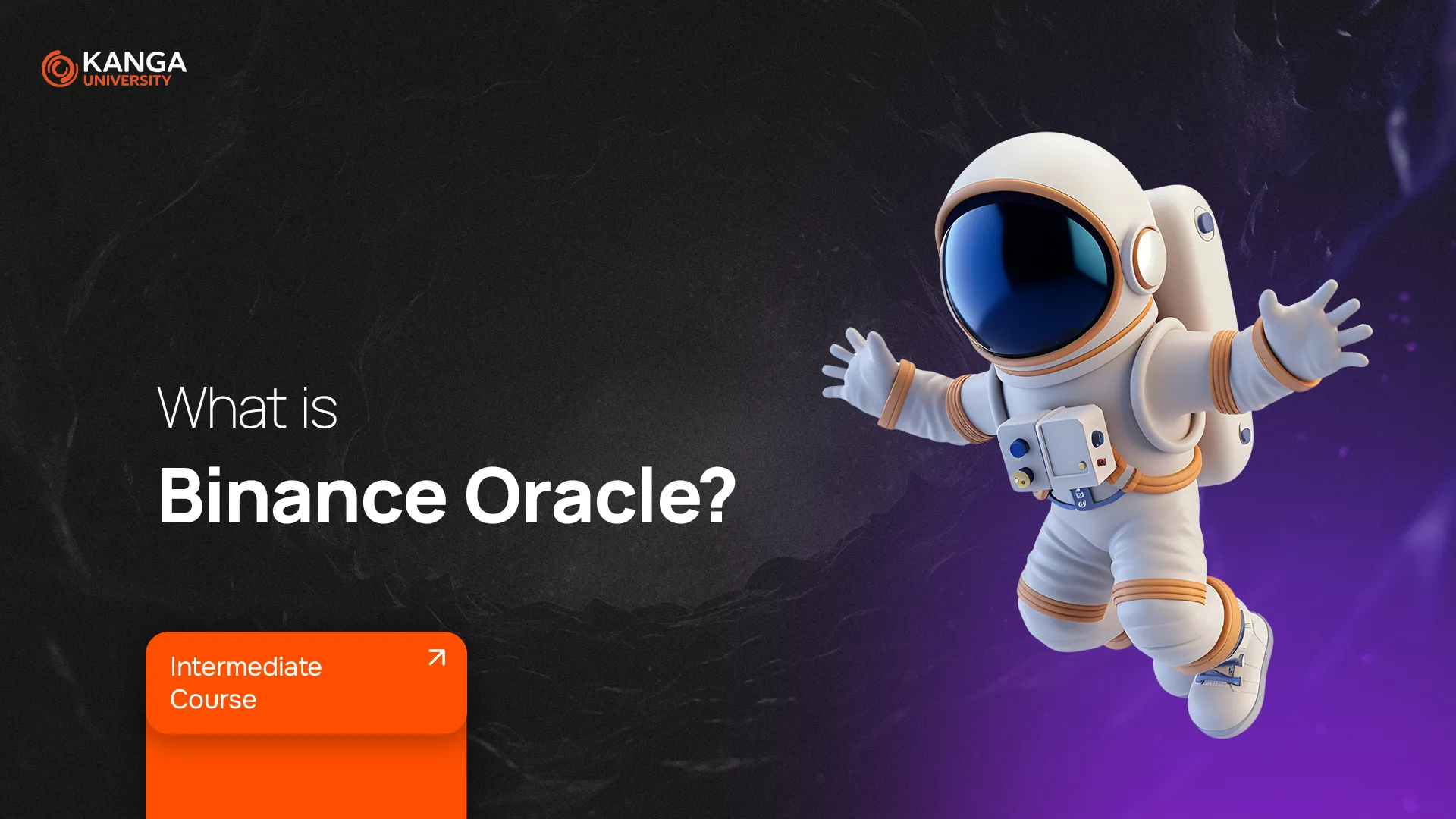
Imagine you’re building a blockchain app that needs the current price of Bitcoin or the latest stock market data. The problem? Blockchains can’t access information from the outside world on their own.
This is where oracles come in. They act as bridges between blockchain networks and real-world data. One of the most promising oracle services today is Binance Oracle, created by the global crypto exchange Binance.
Let’s break down what Binance Oracle is, how it works, and why it’s an important tool for the future of Web3.
What Is Binance Oracle?
Binance Oracle is a data service that delivers real-time, reliable, and verified off-chain data directly to blockchain networks. It helps smart contracts and decentralized apps (dApps) access accurate market information – such as crypto prices, interest rates, or weather updates – from the real world.
The project is currently focused on the BNB Chain ecosystem but is expected to expand to other blockchains soon.
Why Do Blockchains Need Oracles?
Blockchains are secure, but they are also isolated. They don’t have native access to outside data – which is a problem for many real-world use cases.
Apps built on blockchain (like DeFi platforms or crypto games) often need external data to function properly:
-
Market prices of assets
-
Exchange rates
-
Stock indexes
-
Sports scores
-
Weather data
Oracles, like Binance Oracle, solve this by feeding verified external data into the blockchain in a secure and tamper-proof way.
How Does Binance Oracle Work?
Here’s a simplified view of how Binance Oracle operates:
-
Collecting the data
It gathers information from multiple high-quality sources – including centralized exchanges and DeFi apps. -
Securing the data
The data is processed and signed using a Threshold Signature Scheme (TSS) – a cryptographic method that ensures the data can’t be manipulated. -
Publishing on-chain
The data is then posted to the blockchain through a network of independent nodes, ensuring it remains available and reliable even during market volatility.
Real-World Use Cases of Binance Oracle
1. DeFi Platforms
Decentralized finance apps use Binance Oracle to track token prices, lending rates, and asset values – all in real time.
2. Blockchain-Based Games
In Web3 games, in-game economies often rely on real-world asset prices. Oracles feed this data into the game environment.
3. Risk Management Systems
Developers use Binance Oracle to automate smart contracts that react instantly to market fluctuations.
4. Asset Tokenization
When real-world items like real estate or commodities are tokenized, oracles help provide accurate market value data.
What Makes Binance Oracle Stand Out?
✔ Trusted Data Sources
Data is aggregated from carefully selected platforms and averaged for accuracy.
✔ Digital Signature Security
Each data point is protected with cryptographic signatures to prevent tampering.
✔ Multi-node Publishing
Data is posted through multiple nodes, ensuring availability and decentralization.
✔ Continuous Monitoring
Binance operates a 24/7 monitoring system. If data anomalies are detected, human intervention kicks in to protect users.
Is Binance Oracle the Future?
It’s already being used by many projects in the BNB Chain ecosystem – and with plans to expand to other chains, Binance Oracle is positioning itself as a core building block for the Web3 space.
Whether you’re working on a lending app, a prediction market, or a blockchain game, having reliable data is crucial – and Binance Oracle delivers that.
Summary
Binance Oracle is more than just a data feed. It’s a powerful tool that connects the real world with the blockchain, enabling smarter apps, faster automation, and new business models.
By solving the data access problem, Binance Oracle empowers developers to build decentralized apps that actually work in real-world conditions.
It’s fast, secure, and backed by one of the most influential companies in crypto. For anyone looking to build or invest in the future of Web3, this is a tool worth watching.